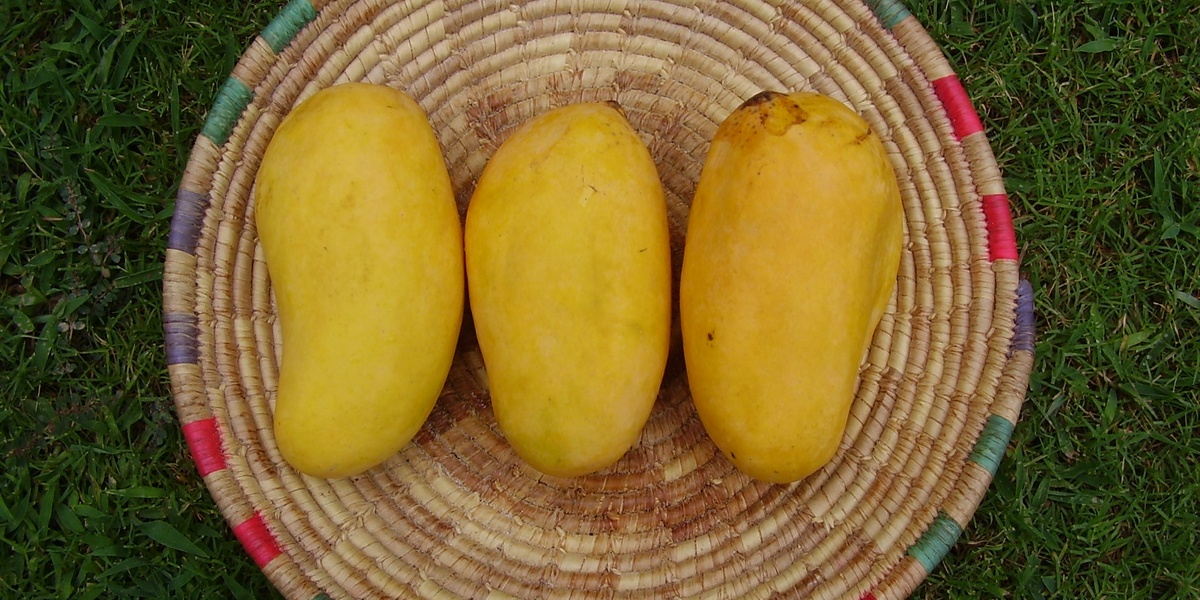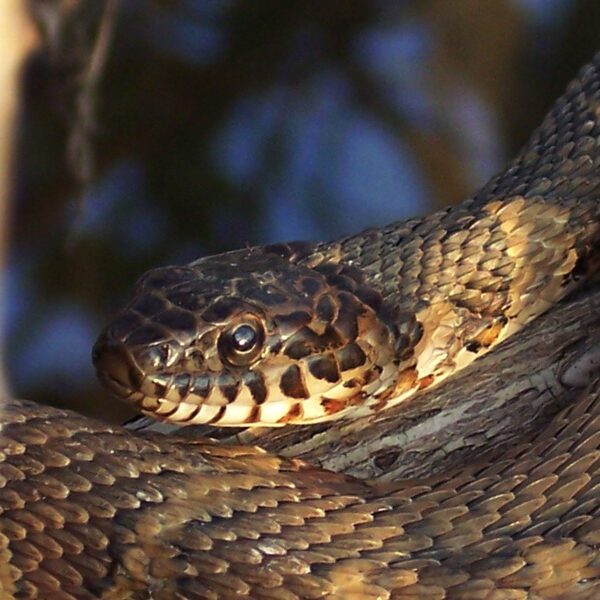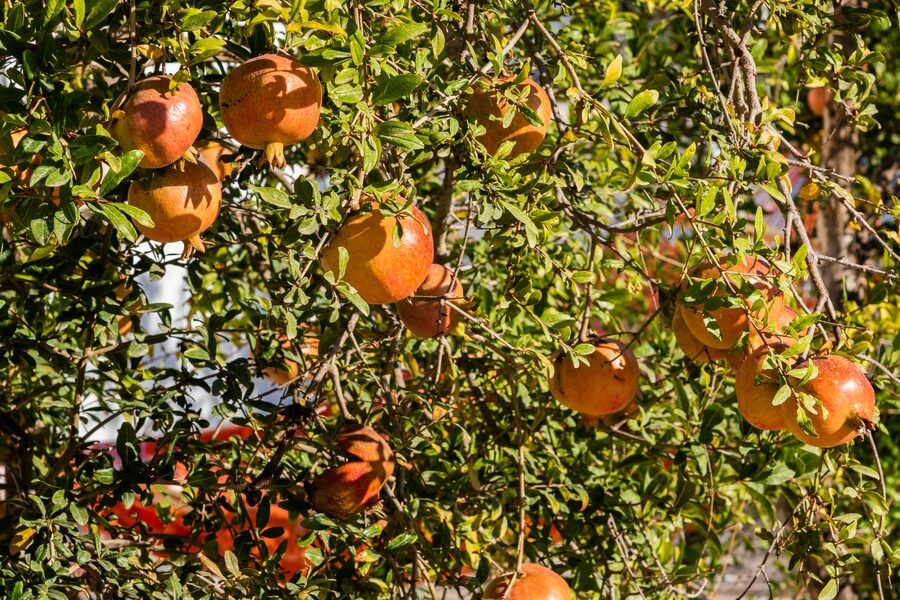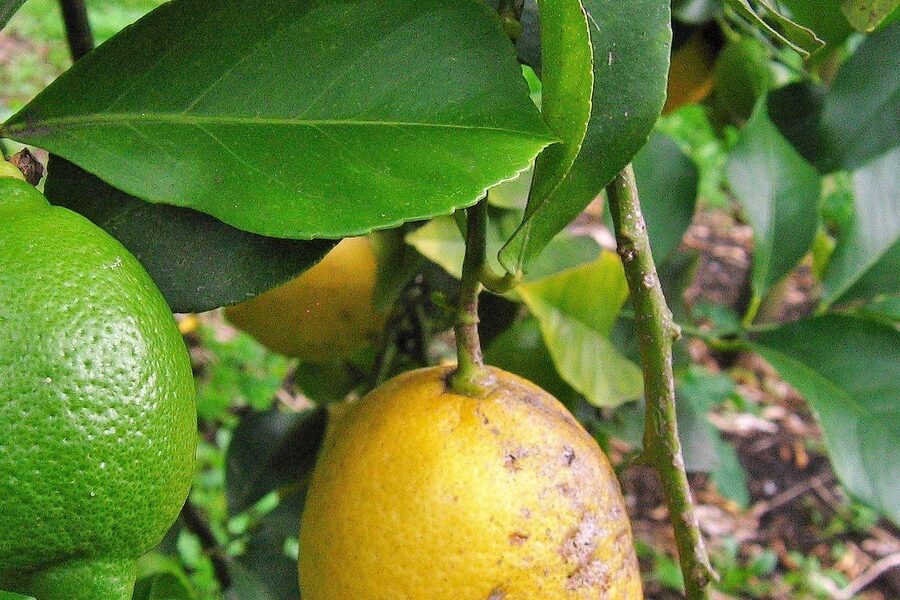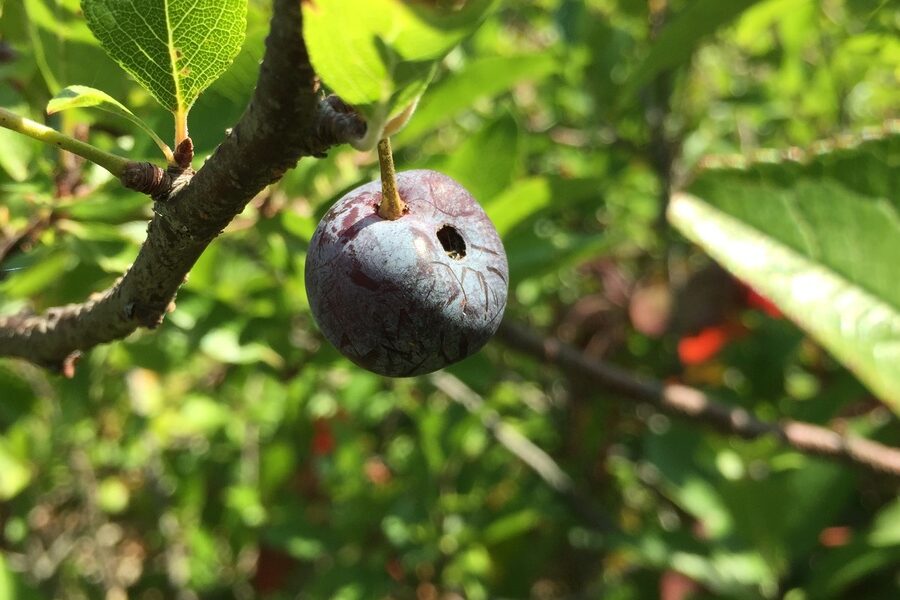Pakistan’s varied climates—from the coastal plains to the northern highlands—support a surprising range of edible fruits that feed local markets and seasonal traditions. Many are familiar in daily life, while others are more regional or wild.
There are 49 Fruits of Pakistan, ranging from Apple to Wild Fig. For each entry you’ll find below Scientific name,Season,Main regions so you can match common names to species, see when they ripen, and learn where they’re typically grown. You’ll find below
How can I use the season and region columns to buy fruit at the right time?
Use the Season column to plan purchases and recipes—buy fresh when listed as in-season locally for best flavor and price. The Main regions column shows where a fruit is commonly produced, so look for nearby sources first; the Scientific name helps avoid confusion between similar common names.
Are these fruits native to Pakistan or mostly cultivated varieties?
The list mixes native, wild and introduced species: some are long-established natives or wild-foraged (like Wild Fig), while others are cultivated apples, citrus and tropical varieties grown commercially. The region info indicates whether a fruit is wild, orchard-grown, or widely farmed.
Fruits of Pakistan
| Name | Scientific name | Season | Main regions |
|---|---|---|---|
| Apple | Malus domestica | Aug–Nov | Balochistan, Khyber Pakhtunkhwa, Gilgit-Baltistan |
| Apricot | Prunus armeniaca | May–Jul | Gilgit-Baltistan, Balochistan, Khyber Pakhtunkhwa |
| Banana | Musa acuminata | Year-round | Sindh |
| Bullock’s Heart | Annona reticulata | Mar–May | Sindh |
| Cantaloupe | Cucumis melo var. cantalupensis | May–Aug | Punjab, Sindh, Balochistan |
| Cherry | Prunus avium | May–Jul | Gilgit-Baltistan, Balochistan |
| Coconut | Cocos nucifera | Year-round | Sindh, Balochistan (coastal) |
| Custard Apple | Annona squamosa | Aug–Nov | Sindh, Punjab |
| Date | Phoenix dactylifera | Jul–Sep | Sindh, Balochistan, Punjab |
| Dragon Fruit | Hylocereus undatus | Jun–Oct | Sindh (emerging) |
| Falsa | Grewia asiatica | May–Jun | Punjab, Sindh |
| Fig | Ficus carica | Jul–Sep | Khyber Pakhtunkhwa, Punjab |
| Grape | Vitis vinifera | Jul–Oct | Balochistan, Khyber Pakhtunkhwa |
| Grapefruit | Citrus × paradisi | Nov–Mar | Punjab, Khyber Pakhtunkhwa |
| Guava | Psidium guajava | Nov–Mar | Punjab, Sindh, Khyber Pakhtunkhwa |
| Indian Gooseberry | Phyllanthus emblica | Oct–Jan | Punjab, Sindh |
| Jamun | Syzygium cumini | Jun–Aug | Punjab, Sindh |
| Jujube | Ziziphus mauritiana | Jan–Mar | Punjab, Sindh, Khyber Pakhtunkhwa |
| Karonda | Carissa carandas | Jul–Sep | Sindh, Punjab |
| Kinnow Orange | Citrus reticulata | Dec–Mar | Punjab |
| Kiwi | Actinidia deliciosa | Oct–Nov | Khyber Pakhtunkhwa |
| Lemon | Citrus limon | Year-round | Punjab, Sindh |
| Lime | Citrus aurantiifolia | Year-round | Sindh, Punjab |
| Longan | Dimocarpus longan | Jul–Aug | Punjab, Sindh |
| Loquat | Eriobotrya japonica | Mar–May | Punjab, Khyber Pakhtunkhwa |
| Lychee | Litchi chinensis | May–Jul | Punjab, Sindh, Khyber Pakhtunkhwa |
| Mallow-Leaved Crossberry | Grewia villosa | Jul–Sep | Punjab, Sindh, Khyber Pakhtunkhwa (wild) |
| Mango | Mangifera indica | May–Aug | Punjab, Sindh |
| Mulberry | Morus alba / Morus nigra | Apr–May | Punjab, Khyber Pakhtunkhwa, Gilgit-Baltistan |
| Muskmelon | Cucumis melo | Apr–Aug | Punjab, Sindh, Balochistan |
| Papaya | Carica papaya | Year-round | Sindh, Punjab |
| Peach | Prunus persica | May–Aug | Khyber Pakhtunkhwa, Balochistan, Punjab |
| Pear | Pyrus communis | Aug–Oct | Khyber Pakhtunkhwa, Balochistan, Punjab |
| Persian Melon | Cucumis melo var. inodorus | May–Aug | Balochistan, Punjab, Sindh |
| Persimmon | Diospyros kaki | Oct–Dec | Khyber Pakhtunkhwa, Punjab |
| Pilu Fruit | Salvadora oleoides | May–Jun | Punjab, Sindh, Balochistan (arid zones) |
| Plum | Prunus domestica | May–Jul | Khyber Pakhtunkhwa, Balochistan, Punjab |
| Pomegranate | Punica granatum | Sep–Dec | Balochistan, Khyber Pakhtunkhwa |
| Pummelo | Citrus maxima | Oct–Feb | Punjab, Sindh, Khyber Pakhtunkhwa |
| Quince | Cydonia oblonga | Oct–Dec | Punjab, Khyber Pakhtunkhwa |
| Raspberry | Rubus idaeus | Jun–Aug | Khyber Pakhtunkhwa, Gilgit-Baltistan |
| Sapodilla | Manilkara zapota | Sep–Dec, Apr–Jun | Sindh, Punjab |
| Sea Buckthorn | Hippophae rhamnoides | Aug–Oct | Gilgit-Baltistan |
| Star Fruit | Averrhoa carambola | Sep–Dec, Apr–Jun | Sindh, Punjab |
| Strawberry | Fragaria × ananassa | Feb–Apr | Punjab, Khyber Pakhtunkhwa |
| Sweet Lime | Citrus limetta | Aug–Nov | Punjab, Sindh |
| Tamarind | Tamarindus indica | Mar–May | Sindh, Punjab |
| Watermelon | Citrullus lanatus | May–Aug | Punjab, Sindh, Balochistan |
| Wild Fig | Ficus palmata | Jun–Aug | Khyber Pakhtunkhwa, Punjab, Kashmir |
Images and Descriptions
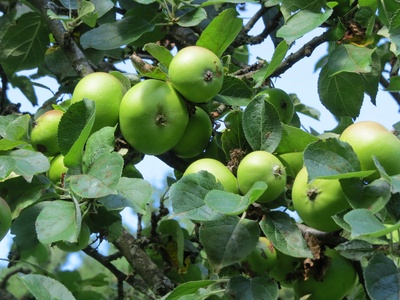
Apple
Grown in the cooler northern regions, Pakistani apples like Golden Delicious and Kala Kulu are crisp, sweet, and juicy. They are a staple autumn fruit, enjoyed fresh and a symbol of the country’s horticultural diversity.
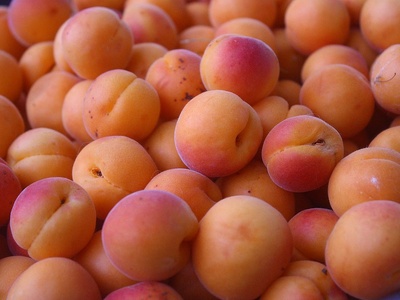
Apricot
A hallmark of Pakistan’s northern regions, apricots are small, golden-orange fruits with a velvety skin and sweet, slightly tart flesh. They are enjoyed fresh in summer and are famously sun-dried for year-round use.
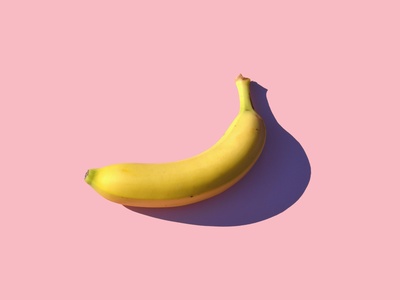
Banana
Pakistani bananas, especially from Sindh, are smaller and sweeter than many international varieties. They are a staple fruit available all year, enjoyed as a quick snack, in milkshakes, and in fruit chaat.
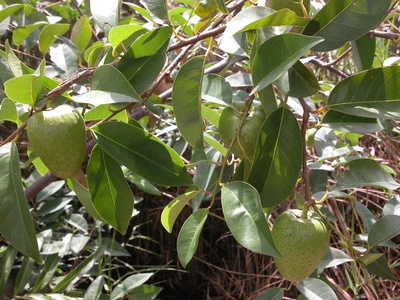
Bullock’s Heart
A cousin of the custard apple, known as “Ramphal.” This heart-shaped fruit has smoother skin and a pulp that is less creamy but still sweet with a slightly fibrous texture and a unique aromatic flavor.
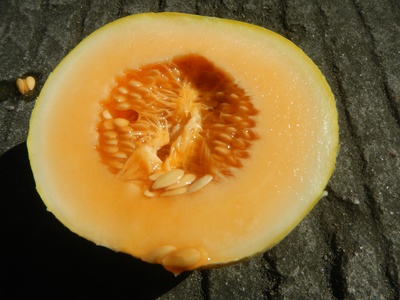
Cantaloupe
A type of muskmelon known locally as “Garma,” it is prized for its incredible sweetness and aroma. Its smooth, pale skin and vibrant orange flesh make it a premium summer melon, enjoyed chilled.
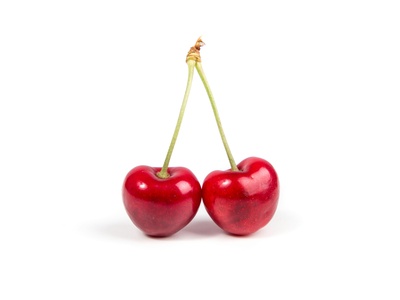
Cherry
Grown in the high-altitude orchards of the north, Pakistani cherries are a prized seasonal delicacy. These small, deep-red jewels are incredibly sweet and juicy, marking the start of the summer fruit season in the mountains.
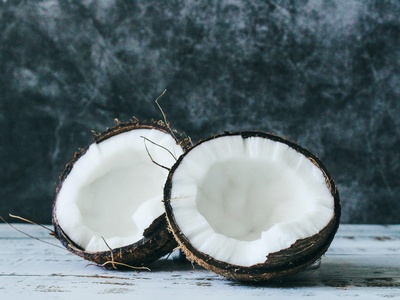
Coconut
Grown along Pakistan’s coast, the coconut is a versatile tropical fruit. The refreshing water is a popular drink, while the tender white flesh is eaten raw. Mature coconuts are used in traditional sweets and cuisine.
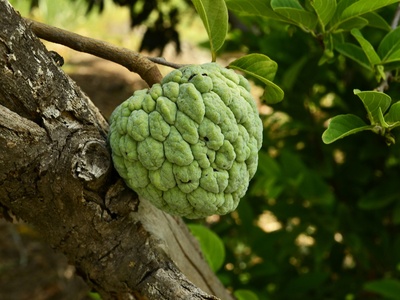
Custard Apple
Known as “Sharifa,” this unique fruit has a bumpy green exterior and a creamy, white pulp with a sweet, custard-like taste. It’s eaten by scooping out the flesh, navigating around its large black seeds.

Date
A cornerstone of Pakistani culture, dates are incredibly sweet and chewy. Grown extensively in Sindh and Balochistan, they are eaten fresh (doka stage) or dried, and hold special significance during Ramadan.
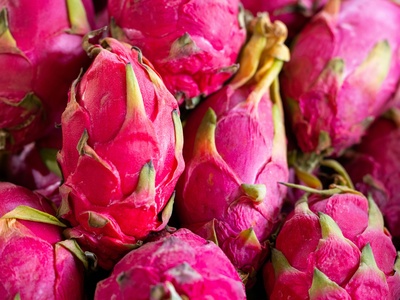
Dragon Fruit
A visually stunning exotic fruit with bright pink skin and speckled flesh, now being cultivated in Pakistan. It has a mild, subtly sweet taste similar to a pear or kiwi and is prized for its unique appearance.
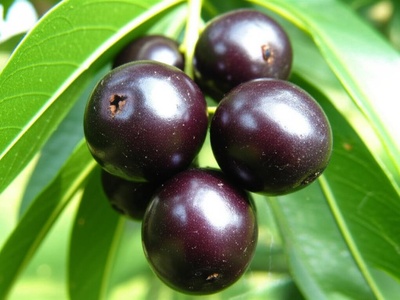
Falsa
A small, dark purple berry with a unique sweet and sour taste. Falsa is a summer favorite, often juiced to make a refreshing sherbet that helps beat the intense heat. It’s a quintessential Pakistani summer treat.

Fig
Known as “Anjeer,” fresh figs are a seasonal treat with a soft, jammy texture and a sweet, honeyed flavor. They are highly perishable and often eaten fresh or dried for year-round consumption.
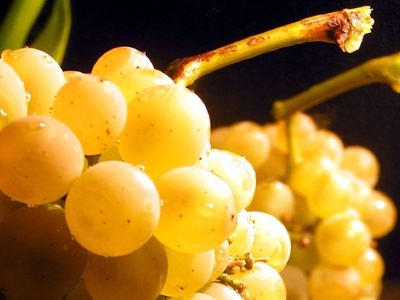
Grape
Quetta’s grapes are famous for their sweetness and variety, from the green Sundarkhani to the dark Haita. These juicy clusters are a refreshing summer and autumn treat, celebrated for their quality and flavor.
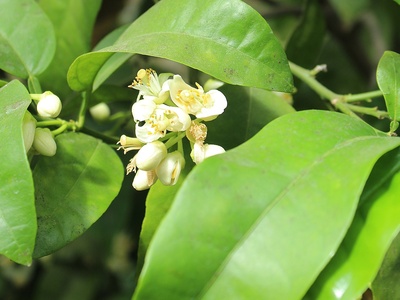
Grapefruit
A large citrus fruit that thrives in the same regions as oranges. Its juicy, tart-to-semisweet flesh is a popular breakfast choice during winter, valued for its invigorating flavor and health benefits.
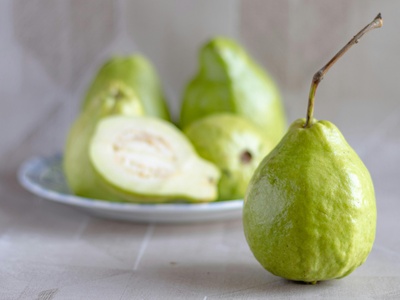
Guava
A fragrant tropical fruit with green skin and pink or white flesh. Pakistani guavas are sweet and slightly gritty. They are often eaten fresh, sprinkled with salt and chili powder, making for a popular street-side snack.
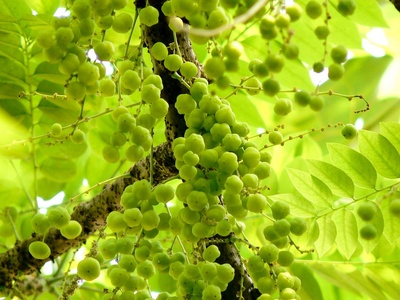
Indian Gooseberry
Known as “Amla,” this small, green fruit is incredibly sour and astringent but is highly valued for its medicinal properties. It is typically eaten pickled, candied (murabba), or used in chutneys rather than fresh.
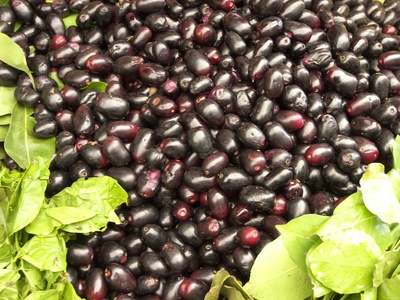
Jamun
Also known as Java Plum, this small, deep purple fruit has a distinctively sweet, sour, and astringent taste that famously stains the tongue purple. It’s a classic monsoon season fruit, enjoyed with a sprinkle of salt.
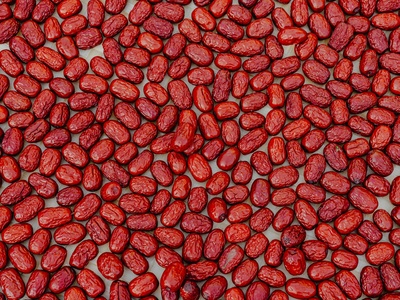
Jujube
Also known as Ber, this small, round fruit resembles a tiny apple. It has a crisp texture and a sweet-tart flavor. Eaten fresh, it’s a popular and affordable snack during the winter months across the country.
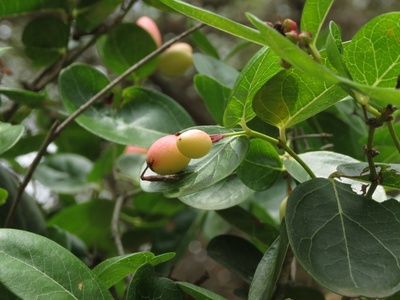
Karonda
A small, tart berry that grows on a thorny shrub. When unripe, it’s green and extremely sour, used for pickles and chutneys. When ripe, it turns dark purple-red and develops a tarter, cranberry-like flavor.
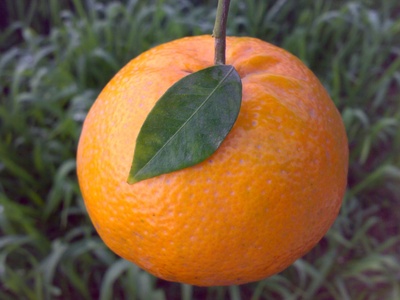
Kinnow Orange
A hybrid mandarin orange, Kinnow is Pakistan’s star citrus fruit. It’s exceptionally juicy, easy to peel, and has a rich sweet-tart flavor. It’s a winter essential, widely consumed fresh and juiced across the country.
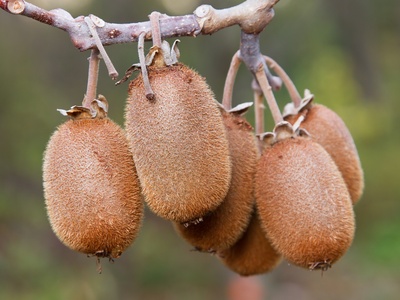
Kiwi
A relatively new but successfully cultivated fruit in Pakistan’s northern regions. This fuzzy brown fruit with vibrant green flesh offers a tangy-sweet flavor and is gaining popularity for its taste and health benefits.
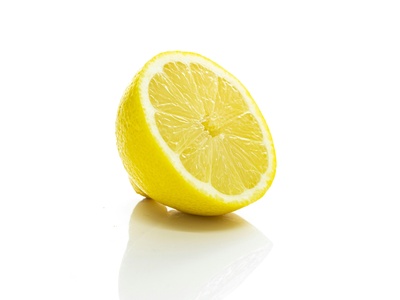
Lemon
Larger and less acidic than limes, lemons are a versatile citrus used widely in Pakistani households. Their juice and zest add bright, zesty flavor to drinks, marinades, and desserts, available throughout the year.
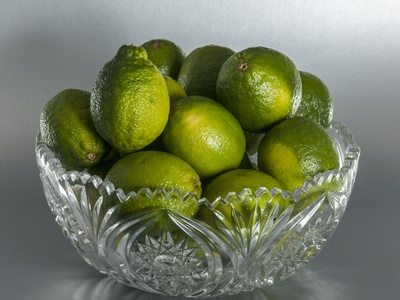
Lime
An essential citrus, limes are used more for their juice than eaten as a whole fruit. The tangy, acidic juice is a staple in Pakistani cuisine and drinks, from shikanjabeen (limeade) to garnishing countless dishes.
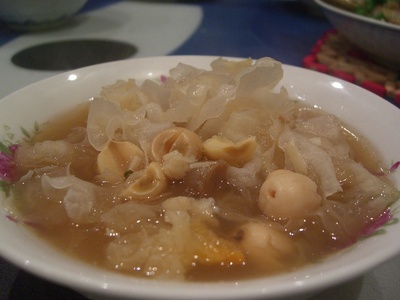
Longan
A close relative of the lychee, the longan is a small, round fruit with a thin, brittle brown skin. The translucent flesh is sweet and musky, surrounding a single black seed, making it a delightful summer snack.
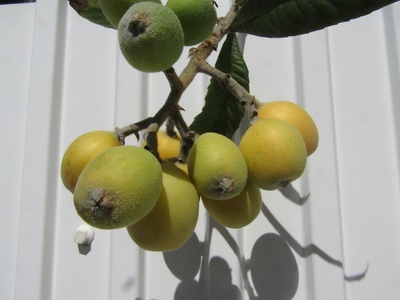
Loquat
A small, oval, yellow-orange fruit that heralds the arrival of spring. Loquats have a tangy and sweet flavor, with a soft flesh and large seeds. They are enjoyed fresh, often straight from the tree.
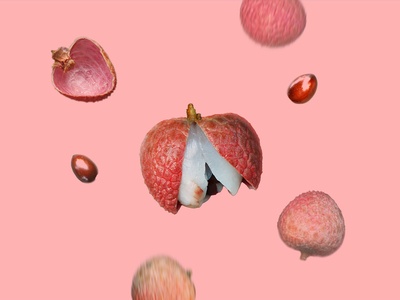
Lychee
This tropical fruit has a rough, reddish-pink shell enclosing sweet, translucent white flesh with a floral aroma. It’s a highly anticipated, juicy summer delicacy, enjoyed fresh and chilled to combat the heat.
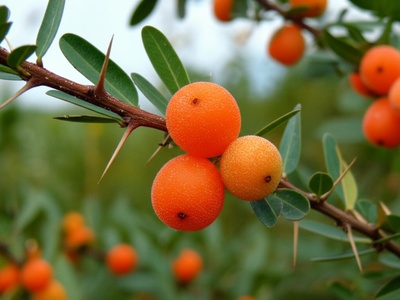
Mallow-Leaved Crossberry
A wild relative of Falsa, this small, reddish-orange berry is foraged from shrubs in arid regions. It has a sweet-and-sour taste and is eaten by locals, showcasing the rich diversity of edible wild fruits.
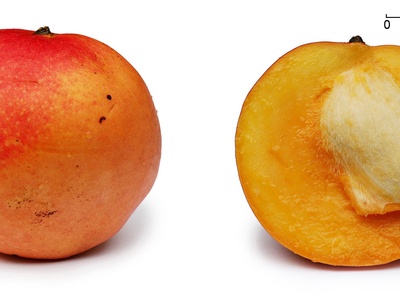
Mango
Known as the “King of Fruits,” Pakistani mangoes like Chaunsa and Sindhri are incredibly sweet and aromatic. They’re eaten fresh, juiced, or used in desserts and lassis, defining the summer season for many locals.
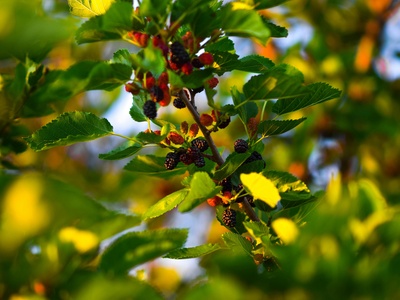
Mulberry
Known as “Shahtoot,” these delicate berries grow on large trees. They come in long white varieties or smaller, intensely sweet-tart black ones, and are enjoyed fresh right off the tree but have a very short shelf life.
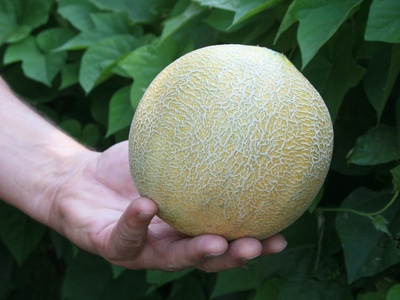
Muskmelon
Locally known as “Kharbooza,” this aromatic melon is a summer staple. Its sweet, fragrant, and juicy pale-orange flesh provides a refreshing escape from the heat and is often enjoyed chilled after meals.
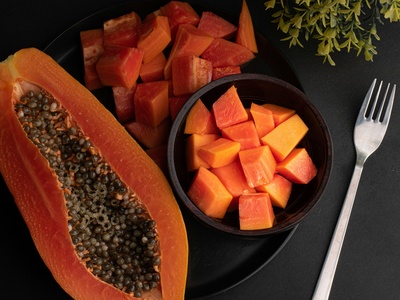
Papaya
A tropical fruit available throughout the year, papaya has soft, butter-like orange flesh and a sweet, musky flavor. It is prized for its digestive properties and is a common breakfast fruit across the country.
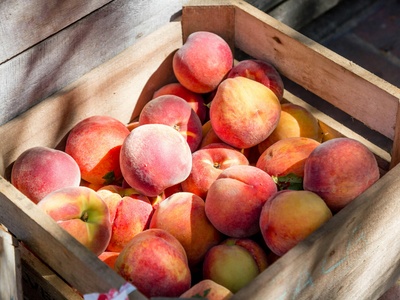
Peach
Pakistani peaches, especially from Swat and Quetta, are known for their juicy, fragrant flesh and fuzzy skin. They range from white to golden-yellow and are a beloved summer fruit, eaten fresh or in desserts.
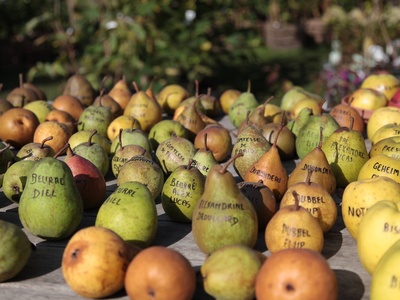
Pear
Pakistani pears, or “Nashpati,” are typically crisp, crunchy, and juicy rather than soft. They have a refreshing, mild sweetness and are a popular and hardy fruit enjoyed during the late summer and autumn months.
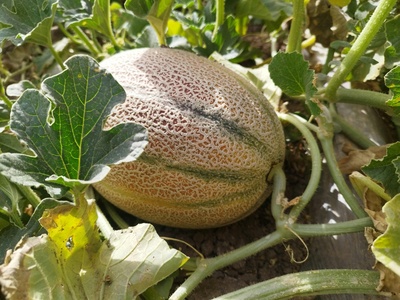
Persian Melon
A type of winter melon known as “Sarda.” It has a smooth yellow rind and sweet, crisp, pale green flesh. It is valued for its refreshing taste and ability to be stored longer than other melons.
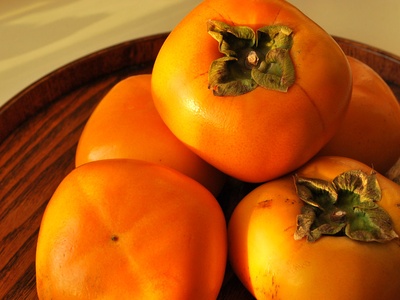
Persimmon
Called “Japani Phal,” this bright orange fruit has a sweet, honey-like flavor and a soft, jelly-like texture when fully ripe. It’s a popular autumn and winter fruit, especially from the Swat valley.
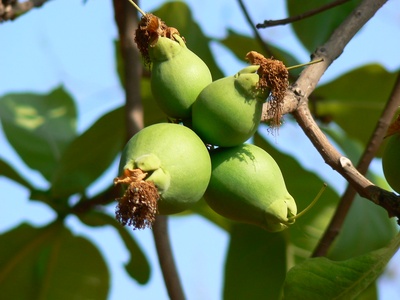
Pilu Fruit
Also known as “Chabbar” or “Jal,” this is a small, translucent wild berry from the desert toothbrush tree. It has a sweet, slightly pungent taste and is a foraged delicacy in arid and semi-arid regions.
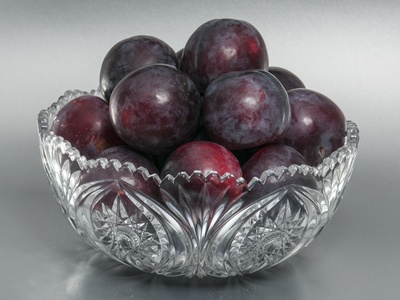
Plum
Known as “Aloo Bukhara,” these plums are a juicy summer delight with a sweet and tangy flavor. Their vibrant red or dark purple skin and succulent flesh make them perfect for eating fresh or making chutneys.
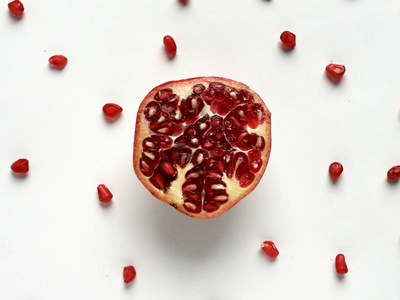
Pomegranate
Famous for its ruby-red, jewel-like seeds (arils), the pomegranate is both delicious and symbolic. It has a unique sweet-tart flavor and is enjoyed fresh, juiced, or as a garnish, especially the famed Kandahari variety.
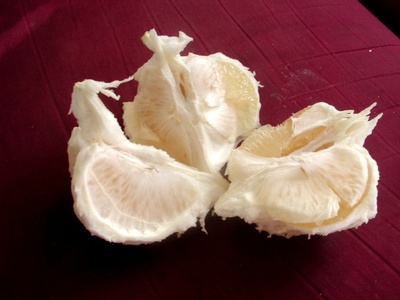
Pummelo
Known as “Chakotra,” this is the largest citrus fruit, with a very thick rind and sweet, mild flesh that is less juicy than a grapefruit. It’s a winter specialty, often eaten as a healthy snack.
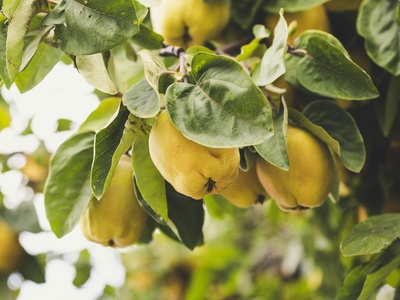
Quince
A fragrant fruit that is hard and tart when raw. Known as “Bahi,” it is almost always cooked, transforming into a tender, pink, and aromatic delicacy used in jams, jellies, and murabba (preserves).
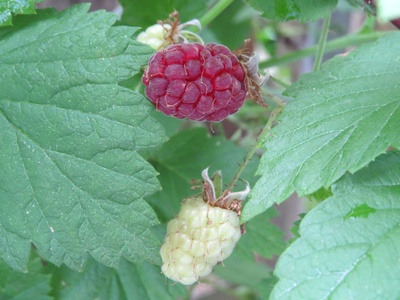
Raspberry
Found in the cooler, temperate northern regions, raspberries are a delicate and flavorful berry. Both wild and cultivated varieties offer a sweet-tart taste and are a rare treat enjoyed fresh or made into jams.
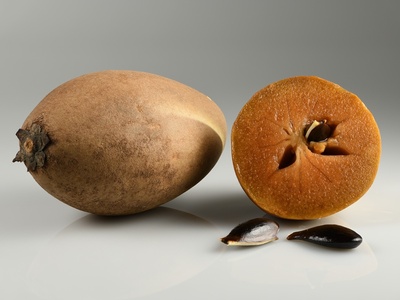
Sapodilla
Commonly called “Chiku,” this fruit has a rough, brown skin and a grainy, exceptionally sweet, brown flesh. Its unique malty or brown sugar-like flavor makes it a popular choice for milkshakes and desserts.
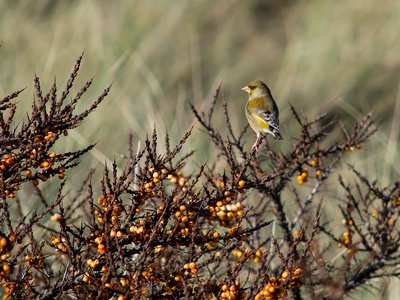
Sea Buckthorn
A wild berry thriving in the harsh climate of Gilgit-Baltistan. These small, bright orange berries are exceptionally tart and packed with vitamins. They are rarely eaten raw but processed into highly-prized juices and jams.
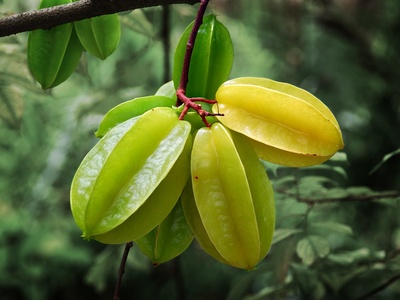
Star Fruit
Called “Kamrak,” this fruit is named for its distinctive star shape when cut. It has a crisp, juicy texture and a complex flavor that ranges from tart to sweet. It’s used as a novelty fruit or in salads.
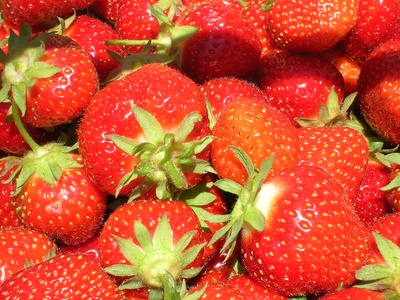
Strawberry
A popular spring berry, strawberries are cultivated in specific regions and eagerly awaited. Their bright red color, juicy texture, and sweet-tart flavor make them a favorite for fresh eating, desserts, and milkshakes.
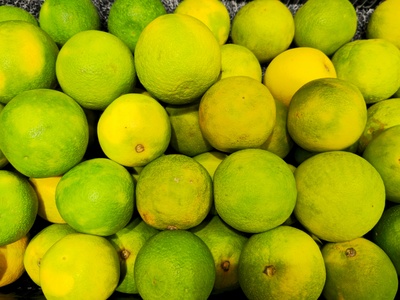
Sweet Lime
Known as “Mosambi,” this citrus looks like a lime but has a sweet, non-acidic taste. Its juice is incredibly popular from street vendors as a refreshing drink, often served with a pinch of black salt.
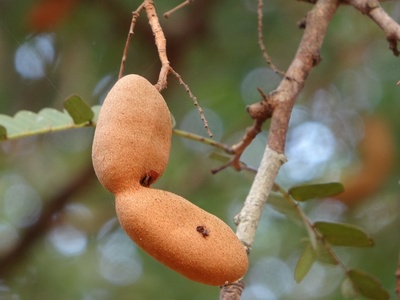
Tamarind
While often used as a souring agent, the sweet-sour pulp of the tamarind pod is also eaten as a fruit snack. It’s a key ingredient in popular street-food chutneys and refreshing summer drinks.
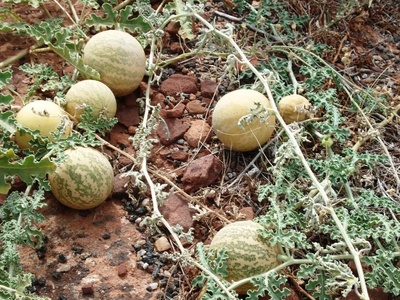
Watermelon
The ultimate summer thirst-quencher, watermelons are a common sight in markets during the hot months. Their crisp, sweet, and incredibly hydrating red flesh makes them a family favorite for daily refreshment.
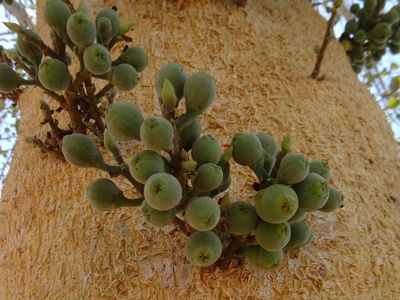
Wild Fig
Smaller and often more intensely flavored than its cultivated cousin, the wild fig grows freely in hilly areas. This local variety is foraged and enjoyed fresh, offering a rustic, sweet taste of the region’s biodiversity.
